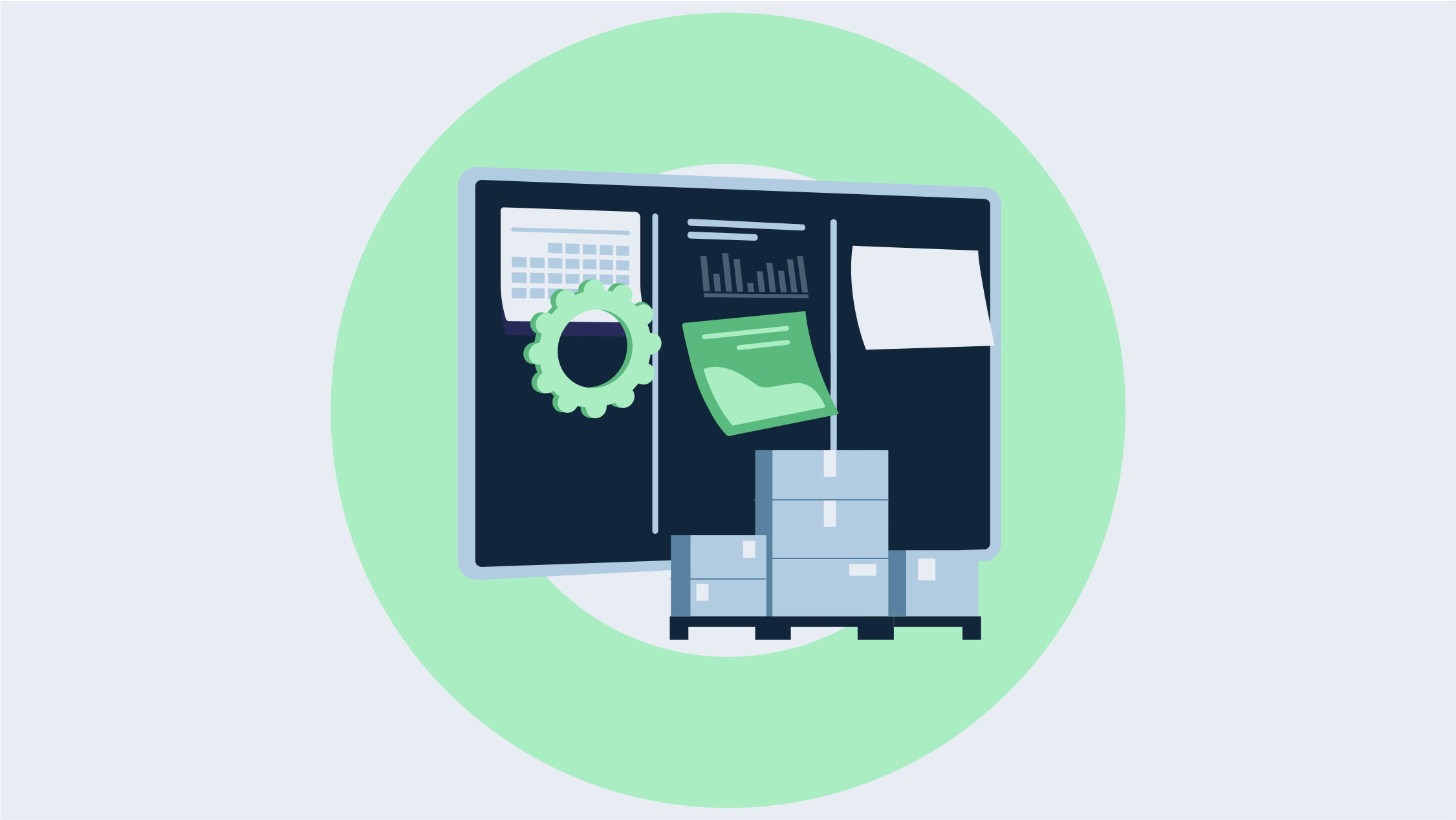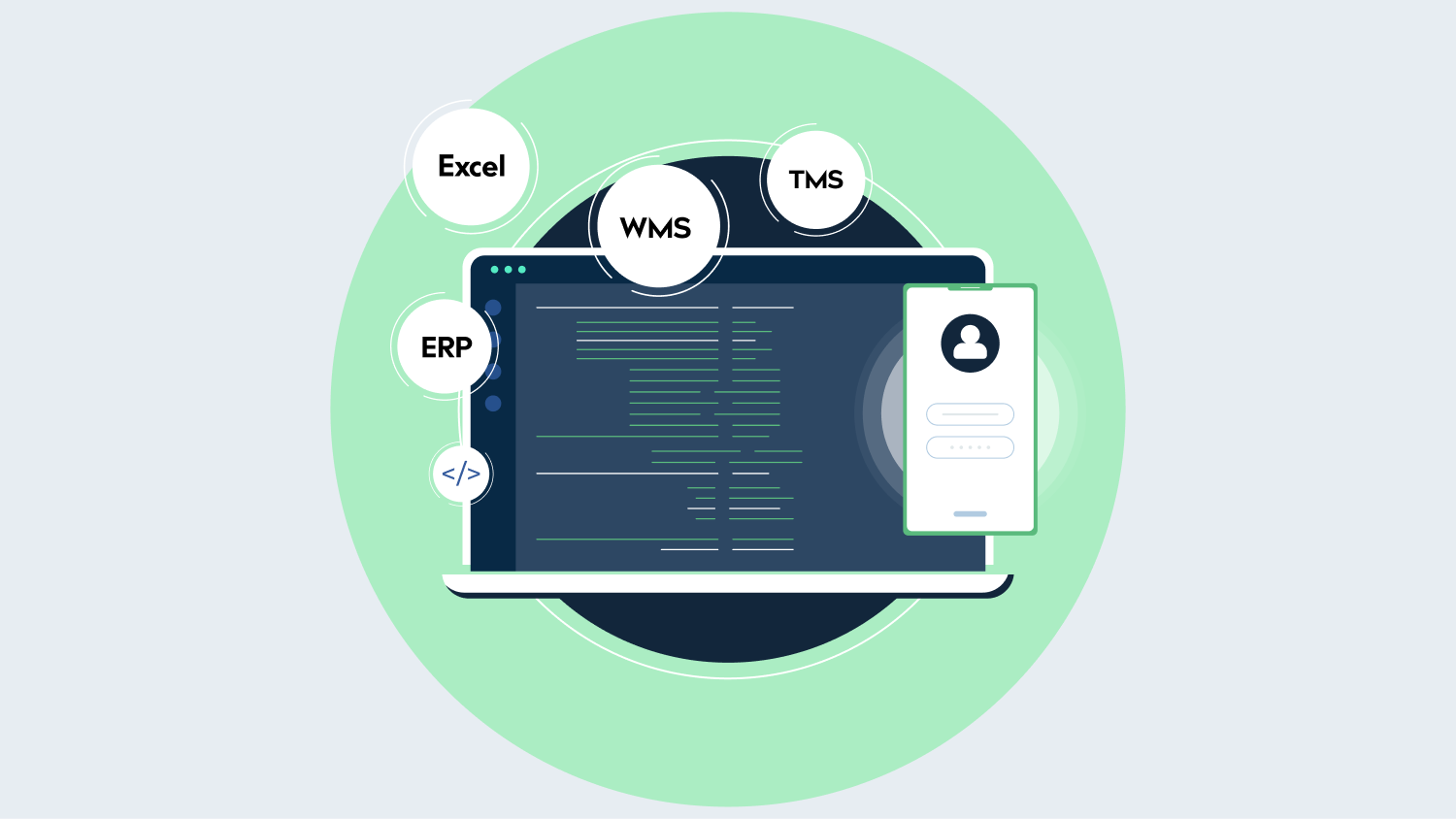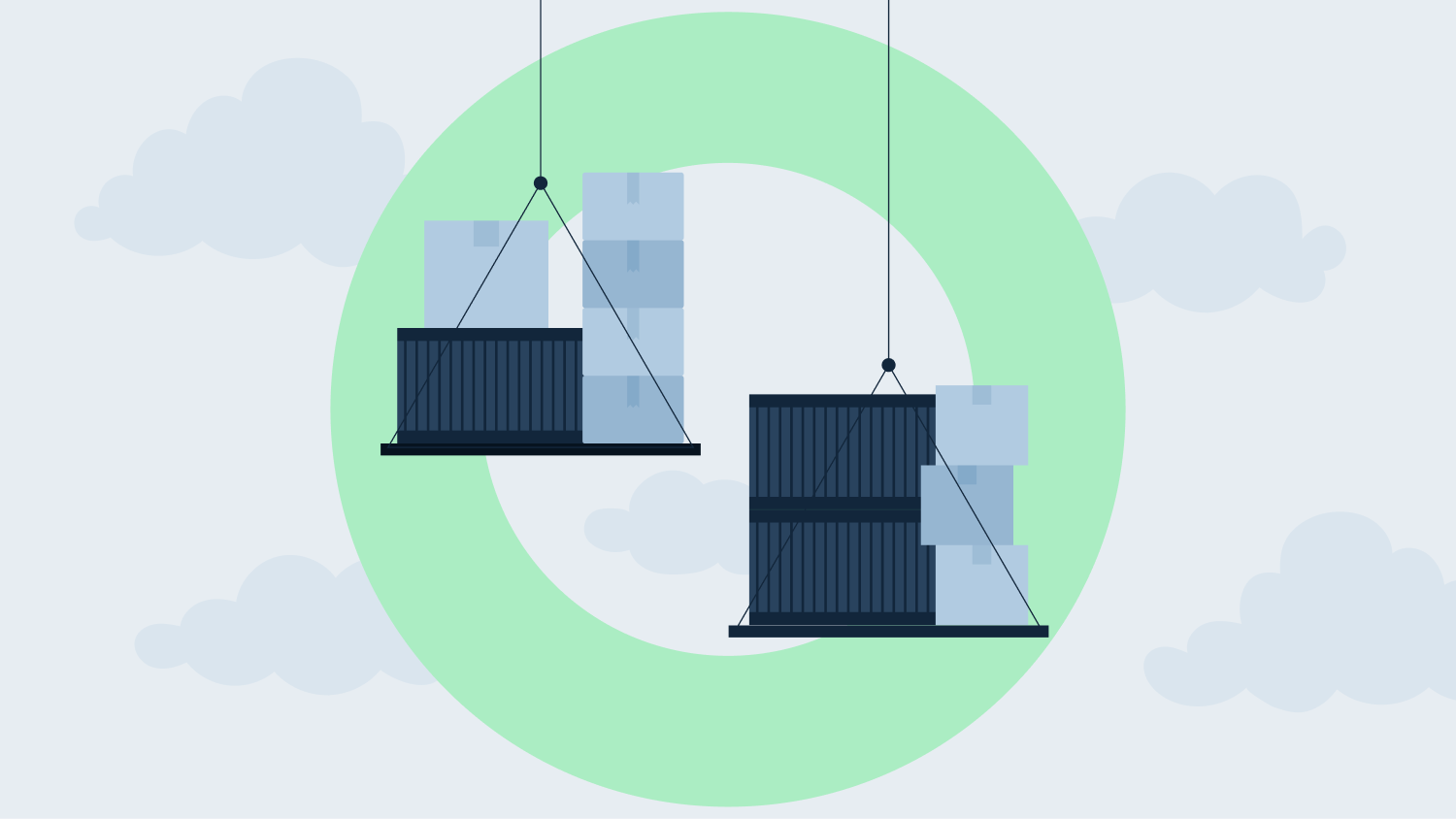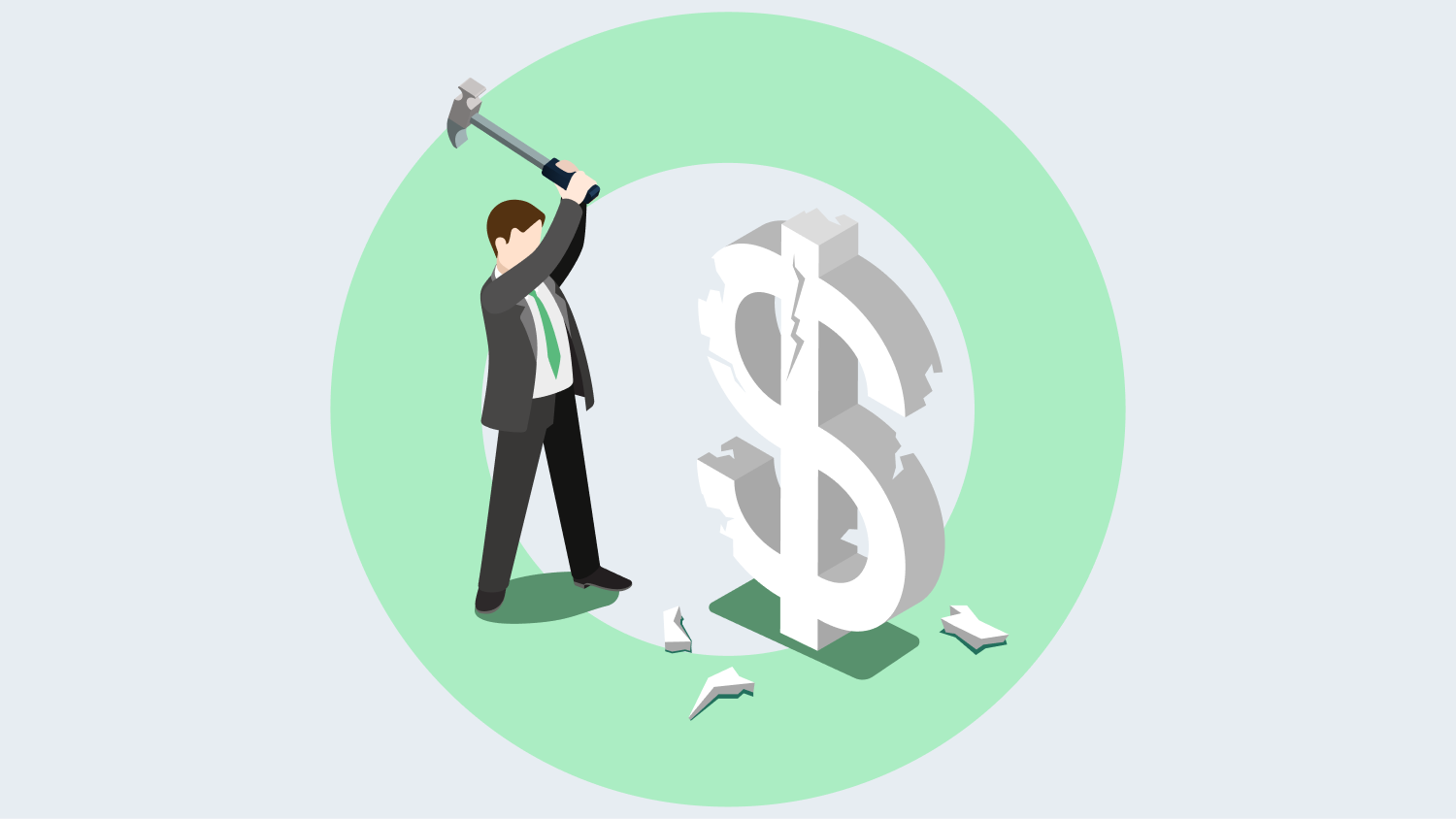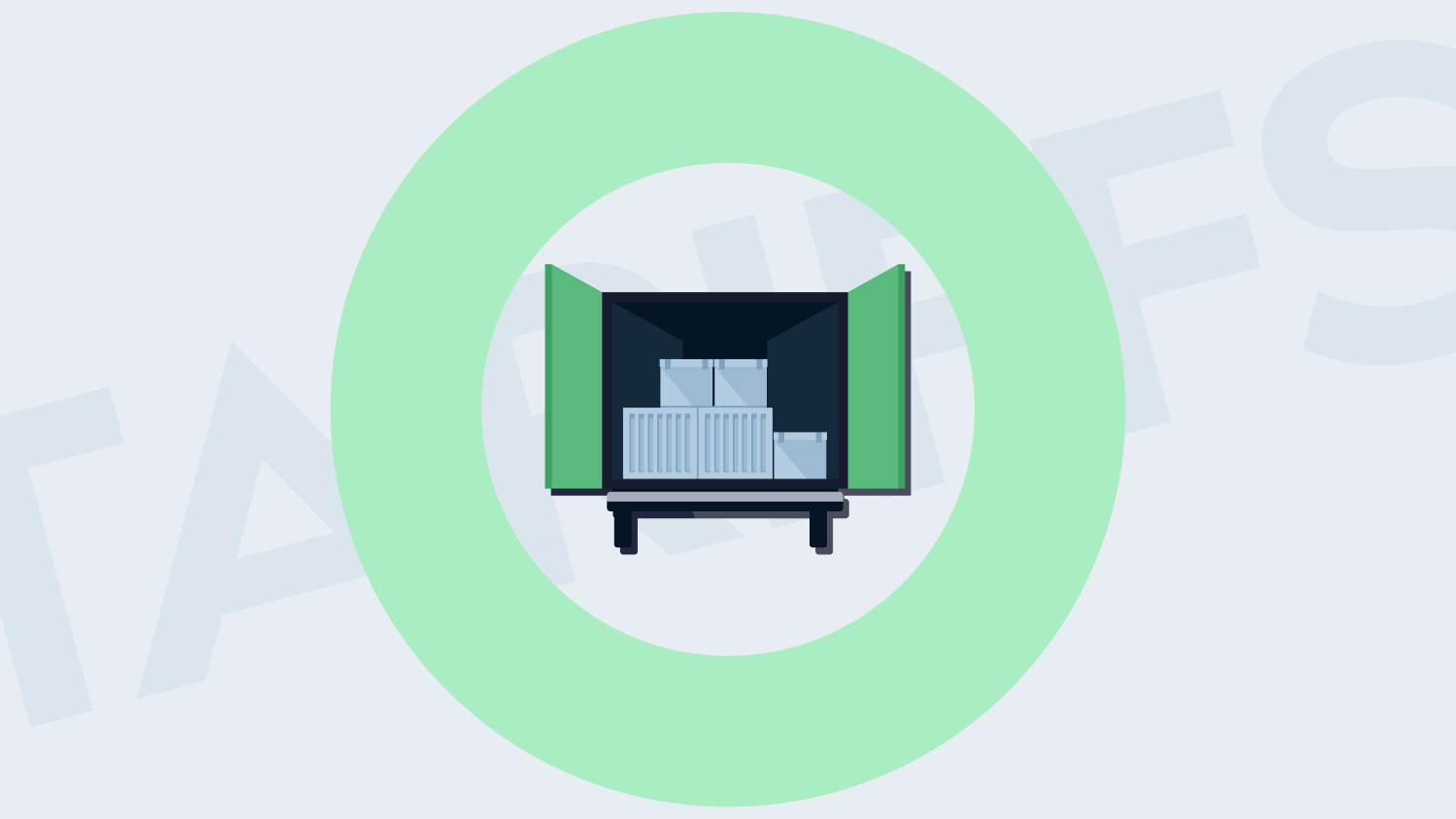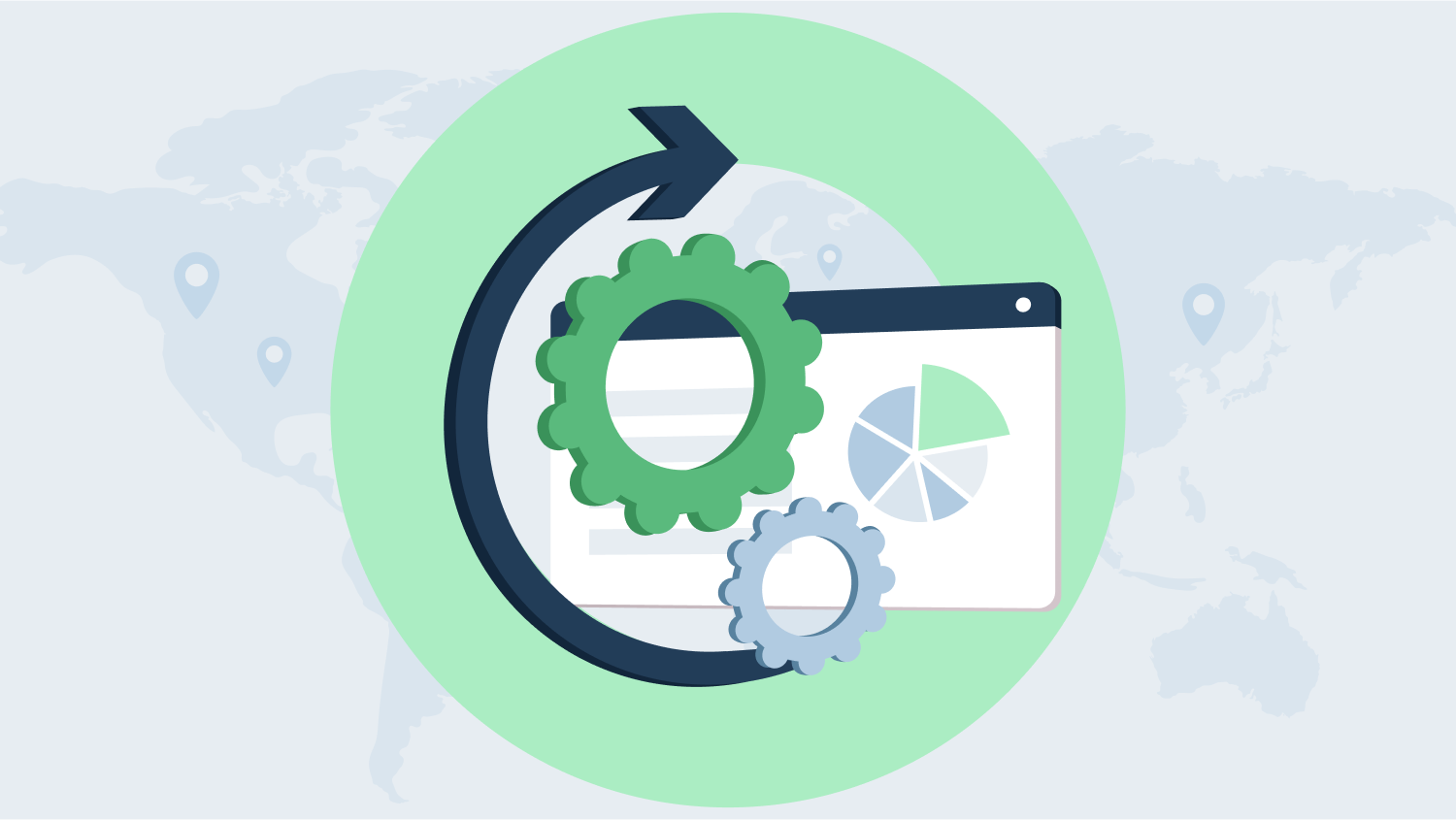Ever wondered how businesses can manage inventory without running out of stock or wasting resources? Replenishment optimization helps companies keep just the right amount of stock while optimizing transportation and production schedules.
By fine-tuning when and how products are restocked, businesses can reduce costs and improve efficiency. Companies with optimized inventory management can reduce stockouts significantly while cutting storage costs as well.
When done right, replenishment optimization ensures that inventory, transportation, and production work seamlessly together. It avoids excess stock sitting idle and prevents delivery delays from disrupting production.
If your business struggles with balancing these factors, it’s time to explore how optimized replenishment can make a difference. Keep reading.
What is Replenishment Optimization?
Replenishment optimization is the process of efficiently managing the timing and quantity of stock refills to strike a perfect balance between inventory, transportation, and production schedules. The primary goal is to ensure the right products are available at the right time and in the right quantity, without overstocking or running out of supplies.
This approach helps businesses reduce unnecessary costs while maintaining smooth operations and meeting customer demands. Traditionally, companies would replenish stock when inventory levels hit a certain threshold, often leading to either excess inventory or stock shortages.
However, replenishment optimization goes beyond these basic strategies. It takes into account multiple factors like sales forecasts, production capacity, supplier schedules, and transportation lead times. By using data-driven insights, businesses can predict demand more accurately and avoid common pitfalls like stockouts or expensive last-minute orders.
Case Study: Generating 6% Cost Savings via Inventory Optimization – Revolutionizing Pharmaceutical Efficiency
Why is Replenishment Optimization Important?
Efficient replenishment is essential for businesses in industries where managing supply chains is critical, such as retail, manufacturing, and logistics. Poor replenishment strategies can lead to stockouts, unhappy customers, and increased operational costs.
Conversely, over-ordering can result in excess inventory, leading to high storage costs and product wastage, especially for perishable goods.
Replenishment optimization ensures a company avoids these extremes by finding the sweet spot. This results in several key benefits:
- Improved Inventory Management: Ensures products are available without holding too much stock.
- Reduced Transportation Costs: Avoids unnecessary shipments by scheduling deliveries strategically.
- Better Production Planning: Aligns production schedules with material availability to prevent downtime.
Key Components of Replenishment Optimization
Here are the key components of replenishment optimization:
Demand Forecasting
Replenishment strategies rely on better demand forecasting. This involves analyzing historical sales data, seasonal trends, and market conditions to predict future demand. Businesses that can forecast accurately can better avoid both stockouts and excess inventory.
Lead Time Management
Lead time refers to the time it takes from ordering a product to its delivery. Understanding and managing lead times helps companies place replenishment orders in advance, ensuring materials or products arrive just when needed.
Order Frequency and Quantity Optimization
Replenishment optimization focuses on placing orders at the right intervals and in the right quantities. It considers variables like supplier constraints, transportation schedules, and production capacity to determine the most efficient order frequency and quantity.
Inventory Thresholds and Safety Stock
Safety stock is the extra inventory kept on hand to protect against unforeseen demand or delays in delivery. Optimizing replenishment involves setting the right inventory thresholds to determine when to place new orders without keeping excessive safety stock.
Transportation and Logistics Coordination
Efficient replenishment also considers transportation schedules. Businesses can reduce logistics costs by aligning orders with the most cost-effective shipping options and ensuring full truckloads when possible.
Production Planning Integration
Replenishment doesn’t just impact inventory—it also affects production schedules. Synchronizing replenishment with production ensures raw materials or components arrive just in time, avoiding production halts and minimizing holding costs.
Quick Link: The Importance of Annual Operating Plans in Supply Chain Management
How Replenishment Optimization Works in Practice
A well-optimized replenishment relies on up to date data on inventory level, production plan and so forth. Modern businesses use software solutions to track inventory levels, forecast demand, and generate replenishment orders automatically. These systems take various factors into account, such as:
- Seasonal trends
- Current stock levels and reorder points
- Supplier lead times
- Transportation availability and shipping costs
For example, a retail store might use a replenishment optimization system that monitors sales patterns in real-time. If sales for a certain product increase unexpectedly, the system automatically triggers a replenishment order to avoid stockouts. Meanwhile, it considers the most cost-efficient shipping method to minimize transportation costs.
Also Read: How Freight Consolidators Optimize Supply Chain Network Design and Operations
Challenges in Replenishment Optimization
Although replenishment optimization offers many advantages, it also comes with challenges. Some of the common obstacles businesses face include:
Balancing Inventory Levels Across Multiple Locations
For businesses that operate across several regions or distribution centers, ensuring the right stock levels at each location is challenging. Inventory imbalances, such as stockouts in one warehouse and overstock in another, can lead to inefficiencies.
Impact: Imbalances increase transportation costs as stock needs to be shifted between locations, and they can delay deliveries to customers.
Solution: Multi-echelon inventory management can optimize stock levels across all locations, improving replenishment accuracy and reducing unnecessary transfers.
Supplier Delays
Suppliers may not always deliver products on time, and lead times can vary due to factors beyond the company’s control, such as transportation delays, production issues at the supplier’s end, or customs clearances.
Impact: Delays can disrupt the production schedule and lead to stockouts, which affects order fulfillment and customer satisfaction.
Solution: Businesses can maintain buffer stock or develop contingency plans, such as working with multiple suppliers, to reduce dependency on a single source.
Changing Market Trends
Consumer preferences can shift quickly, especially in industries like retail and e-commerce. A product that was in high demand last month may suddenly lose popularity, making it challenging to plan replenishments accurately.
Impact: Inventory mismatches occur, resulting in unsold stock or last-minute orders that increase costs.
Solution: Companies should adopt agile replenishment models and continuously monitor market trends to adjust their forecasts dynamically.
Logistical Complexities
Coordinating transportation schedules with inventory and production needs can be difficult, especially when working with multiple suppliers and shipping partners. Factors like weather disruptions, carrier availability, and shipping costs add further complexity.
Impact: Inefficiencies in logistics can lead to increased transportation costs and delivery delays, affecting both production and customer satisfaction.
Solution: Businesses can use transportation management systems (TMS) to plan shipments more efficiently and align orders with the most cost-effective shipping options.
Plan Smarter with Sophus for Effective Replenishment Optimization
Replenishment optimization is important for keeping operations running smoothly, especially in industries with complex supply chains. However, balancing inventory, transportation, and production schedules requires the right strategy and tools.
That’s where Sophus, one of the best Supply chain network design and planning software can help with Replenishment Planning. Sophus helps companies optimize inventory levels and replenishment frequencies across distribution centers and sites. It goes beyond traditional planning by trading off these factors with cost elements such as sourcing costs and transportation costs, delivering the most efficient replenishment and stock transfer plan.
Ready to streamline your replenishment process and unlock new savings? Get in touch with the experts at Sophus today and see how our platform can optimize your planning and transform your operations.


